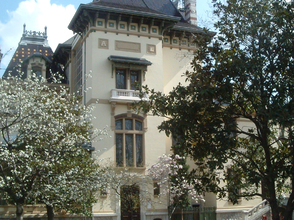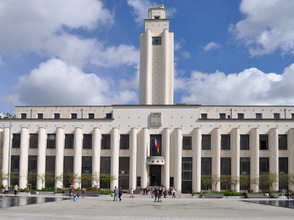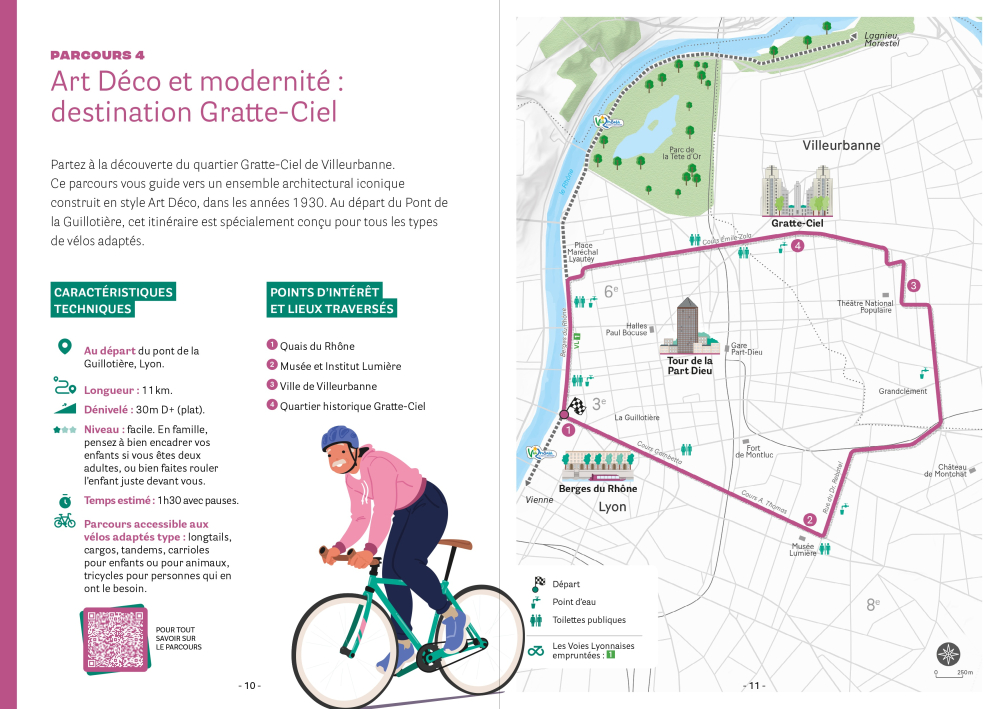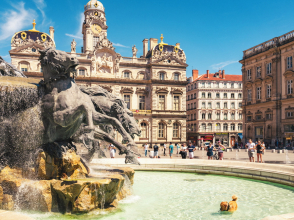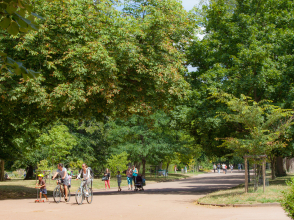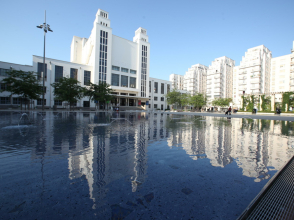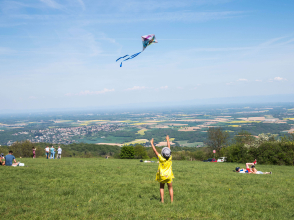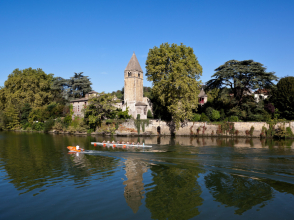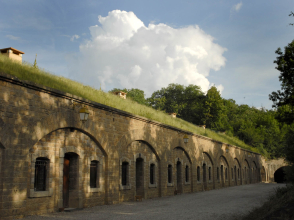- Sustainable Tourism in Lyon
- Alternative means of transport
- Tour for adaptive bicycles from the bridge of Guillotière to the Gratte-Ciel district of Villeurbanne
Tour for adaptive bicycles from the bridge of Guillotière to the Gratte-Ciel district of Villeurbanne
A journey through the Lyon metropolitan area
Alternative means of transport
Last updated date : 24/06/2025
Set off to discover the Gratte-Ciel district of Villeurbanne, with its iconic Art Deco-style buildings, constructed in the 1930s, as you follow this route designed specially for adaptive bicycles.

See all pictures
Route specs
- 96% cycle paths
- Circular route beginning at bridge of Guillotière
- Distance: 11 kilometres
- Altitude difference: 30 metres (flat)
- Level: easy. For families, remember to cycle with one adult in front and one behind your children, if there are two adults; or make sure your child cycles just in front of you.
- Estimated time to complete the route: 1.30 hours with breaks
- Departure and arrival: bridge of Guillotière
- Suitable route for “special” bicycles: long-tail and cargo bikes, tandems, bike trailers for children or pets, adaptive tricycles.
DISCOVER
Points of interest and locations along the route
Map
Route description
Starting at the bridge of Guillotière, at the heart of Lyon’s 7th district, leave the Rhône behind you and follow the wide Cours Gambetta, lined with trees and shops.
Once you cycle over the railway line to Part-Dieu station, the street changes name and becomes Cours Albert-Thomas. The route goes right by the Villa Lumière, which houses a museum and film archive. It was here that the Lumière Brothers invented the cinematograph in 1895. Each year in October, it hosts the Lumière Film Festival. It offers a chance to see restored classic films again or for the first time.
Head north up Rue Docteur-Rebatel until the shared section of the Voies Lyonnaises (cycle paths) 10 and 11. Go through the Grandclément neighbourhood and then to the Gratte-Ciel district of Villeurbanne, the centre of which runs along Avenue Henri-Barbusse. Lined with white Art Deco high-rises, it lies at the heart of this history-filled district. These were the first high-rises built in France, in 1934, as social housing for the working class. It is now a lively part of the town, filled with bars, restaurants and shops.
The route then turns back towards the Rhône via Cours Émile-Zola. A short distance down the Rhône, you will find your starting point
DISCOVER

